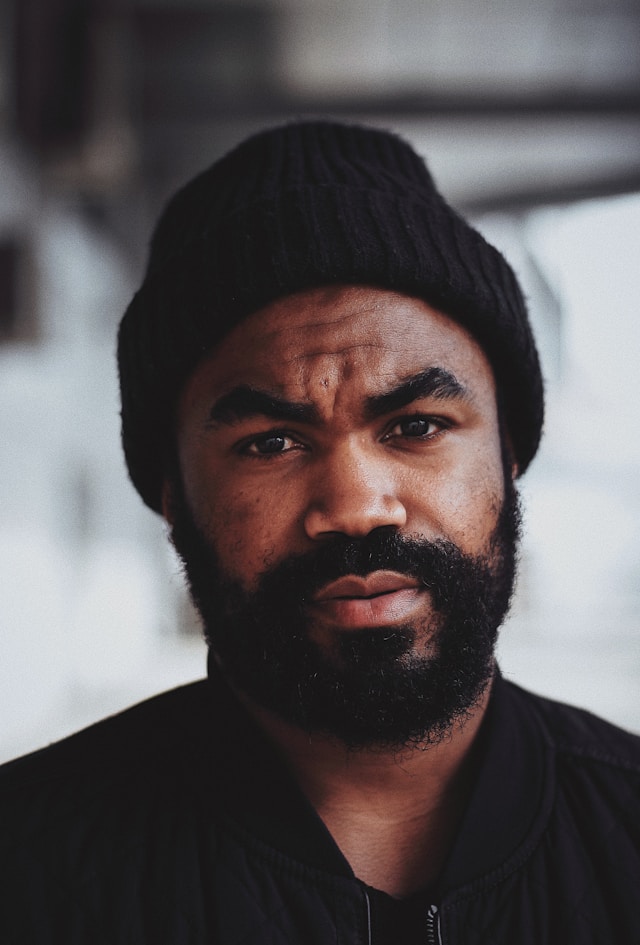Fresh (2022) Ending Explained
TL;DR:
Fresh (2022) is a dark horror-comedy about modern dating horrors taken to extreme literal levels. The ending sees protagonist Noa (Daisy Edgar-Jones) successfully turning the tables on her cannibalistic captor Steve (Sebastian Stan), killing him with poisoned meat after a grueling battle. She escapes with another survivor, Mollie (Jonica T. Gibbs), but the film leaves ambiguous whether they'll face consequences or if Steve's wealthy clients will seek revenge. The finale critiques predatory dating culture while delivering visceral catharsis, though it intentionally avoids neat resolution to underscore its themes of systemic exploitation.
Detailed Ending Explanation
The climax of Fresh revolves around Noa's desperate bid for survival after discovering Steve's true nature: a high-end cannibal who sells human meat to a clandestine network of wealthy clients. After enduring psychological and physical torture, Noa manipulates Steve's arrogance by pretending to submit to his "romantic" narrative, even participating in a twisted dinner party where she's forced to eat another victim's flesh. Her turning point comes when she secretly poisons a meat dish meant for Steve, using toxins extracted from a dead victim's breast implants (a darkly humorous nod to bodily autonomy). In the ensuing chaos, she battles Steve, aided by Mollie, who arrives as backup. The fight is brutal and symbolic - Noa stabs Steve with a meat hook, mirroring the dehumanization he inflicted on his victims. His death is grotesquely ironic: a man who treated people as meat is ultimately butchered in his own kitchen.
The film's final act shifts to Noa and Mollie fleeing Steve's remote house, but it deliberately avoids a tidy resolution. As they drive away, Mollie questions whether they should report the crimes, to which Noa grimly replies, "Who would believe us?" This line underscores the movie's central theme: the systemic invisibility of predation, especially against women. The closing scene cuts to black abruptly, leaving their fate uncertain. Are they hunted by Steve's powerful clients? Do they become vigilantes? The ambiguity forces viewers to sit with the discomfort of unresolved justice, echoing real-world frustrations about accountability for exploitation.
Unresolved Questions & Possible Answers
What happens to Noa and Mollie after they escape?
- Possibility 1: They're hunted by Steve's clients, who want to silence them.
- Possibility 2: They disappear and start new lives, but trauma lingers.
- Possibility 3: They expose the cannibal ring, but face disbelief or legal backlash.
How extensive is Steve's network?
- The dinner party hints at a larger, organized system of wealthy cannibals. The film implies this is a pervasive, protected underworld.
Why doesn't the film show legal consequences?
- Director Mimi Cave emphasizes the cyclical nature of exploitation; a "happy ending" would undermine the critique of societal complacency.
Themes & Symbolism
The ending crystallizes Fresh's critique of dating-as-consumption. Steve's charm mirrors real-world manipulators who commodify partners, and his literal butchering of women satirizes how society devours female bodies (e.g., through beauty standards or harassment). Noa's revenge-using his own tools against him-reflects reclaiming agency. The poisoned meal is poetic justice: a predator undone by his own greed. The abrupt ending also mirrors how trauma rarely concludes neatly; survivors often carry invisible scars.
Personal Opinion
Fresh's ending is brilliantly unsettling. By denying cathartic justice (e.g., police arrests or exposés), it forces viewers to confront uncomfortable truths about complicity. Sebastian Stan's performance as Steve-a hybrid of charismatic fuckboy and monstrous villain-elevates the horror, while Daisy Edgar-Jones sells Noa's transformation from naivete to ruthless survival. The dark humor (like Steve dancing to Animotion's "Obsession" while prepping a corpse) balances the gore, making the satire bite harder. My only critique is that Mollie's character feels underexplored; her role as the "best friend" could've been fleshed out. Still, the finale's ambiguity is a strength-it's a rare horror film that trusts its audience to sit with unease.
Final Thoughts
Fresh isn't just about cannibalism; it's a visceral metaphor for how modern relationships can feel predatory. The ending's lack of closure isn't lazy-it's deliberate, a mirror held up to a world where exploitation often goes unchecked. By leaving Steve's network intact, the film suggests his death is just a drop in an ocean of violence. It's a bold, nasty, and weirdly fun ride that lingers like an aftertaste of something rotten.
